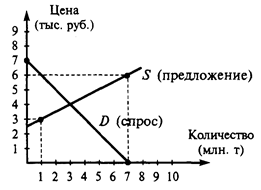Institutional investors are organizations which pool large sums of money and invest those sums in securities, real property and other investment assets.
Institutional investors have become increasingly important in global capital markets. As of the end of December 2007, total assets under management by major global institutional investors reached US$82 trillion. In comparison, the world equity markets amounted to US$60 trillion in 2007. There are generally six types of institutional investors: mutual funds, pension funds, insurance companies, sovereign funds, hedge funds, and private equity funds. A mutual fund is an investment vehicle that buys a portfolio of securities selected by a professional investment adviser to meet a specified financial goal (investment objective). Between 2000 and 2007, the total net assets of mutual funds doubled. A pension fund is a pool of assets forming an independent legal entity that are bought with the contributions to a pension plan for the exclusive purpose of financing pension plan benefits. A hedge fund is an unregulated pool of money managed by an investment advisor, the hedge fund manager, who typically has the right to have short positions, to borrow, and to make extensive use of derivatives. Hedge fund managers receive both fixed and performance fees. A private equity fund is a pooled investment vehicle which invests its money in equity securities of companies that have not“gone public” (i.e. are not listed on a public exchange). Private equity funds are typically limited partnerships with a fixed term of ten years (often with annual extensions). Institutional investors supply capital for firms seeking to raise finance from both publicly traded securities markets and from the private domain. Given their large portfolio size, institutional investors naturally become dominant holders of publicly traded securities. Currently institutional investors hold over 68% of the total market value of US common stocks. Therefore, their investment behavior will have a significant influence on the pricing of these securities. For corporate managers who raise money from capital markets, it is important to understand the demand structure of institutional investors for publicly traded securities. Most institutional investors benchmark their performance against certain indices, in the US market it is S&P500 Index, the most prevalent equity index. And even prices of those stocks tend to experience a 2–3% increase over a short period of time. Banks, insurance companies, pension funds, and investment grade bond mutual funds place severe restrictions on the holdings of high-yield bonds, whereas hedge funds and high-yield bond mutual funds provide capital for high-yield issuers. Lastly, private equity funds are an important source of capital for entrepreneurial firms.




